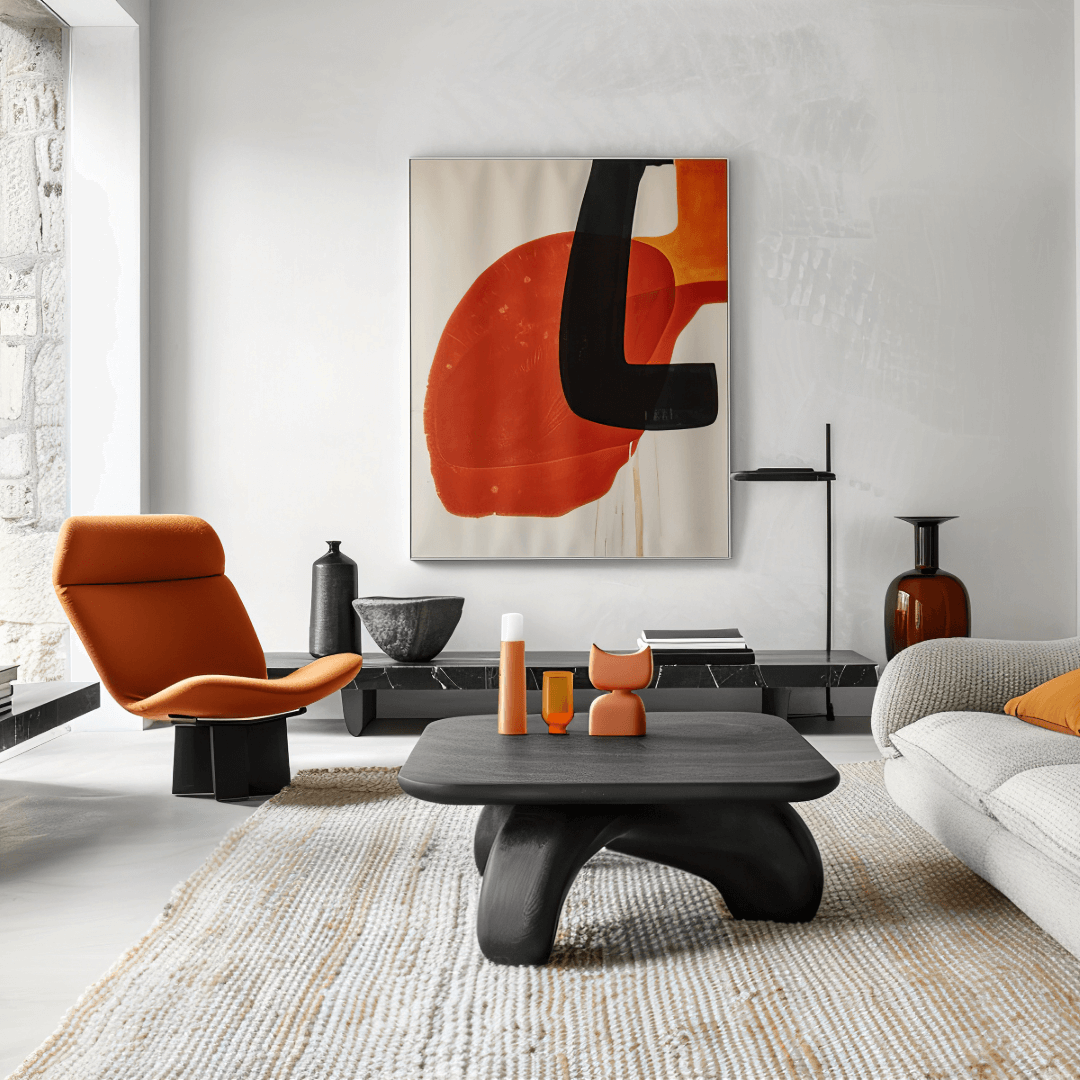How Much Does It Cost to Paint a 12×12 Room?

Giving your room a fresh coat of paint can make a significant difference in its overall look, feel, and atmosphere. Whether you’re aiming to brighten up a space, create a cozier environment, or simply cover up years of wear and tear, painting is one of the most cost-effective ways to transform a room. But before you get started, there’s one important question most people have: How much will it cost to paint a 12×12 room?
The cost to paint a room can vary depending on several key factors, such as the type of paint you choose, the condition of your walls, and whether you decide to tackle the project yourself or hire a professional. In this blog, we’ll break down each of these factors in detail so you can have a better idea of what to expect when budgeting your next painting project. From understanding labor costs to knowing how different paint types can affect pricing, we’ll provide you with the information you need to make an informed decision.
By the end of this article, you’ll have a clear picture of the costs involved in painting a 12×12 room and some helpful tips on how to get the best results for your investment.
Let’s dive in and explore the main factors that will influence the cost of your painting project.
Factors That Affect the Cost of Painting a 12×12 Room
When planning a painting project, especially for a space like a 12×12 room, it’s essential to understand what influences the overall cost. While some factors are straightforward, others may not be immediately obvious. Let’s take a closer look at the key elements that will determine how much you’ll end up paying.
1. Room Size and Wall Condition
While we’re specifically talking about a standard 12×12 room, the condition of your walls can have a significant impact on the overall cost of the project. If your walls are in good shape, you might only need a light sanding or cleaning before painting begins. However, if your walls have cracks, holes, or other imperfections, the preparation time—and therefore the cost—will increase.
- Minor Repairs: Small holes from picture hangers or minor dents can usually be patched quickly and may be included in a basic quote.
- Major Repairs: Significant wall damage, such as deep cracks or water stains, will require more extensive prep work. This could involve filling holes, sanding, and even priming, all of which add to the cost of labor.
Tip: Before soliciting quotes, take the time to inspect your walls. Being aware of any necessary repairs can prevent unexpected costs once the project begins.
2. Paint Quality and Type
Not all paint is created equal. The type and quality of paint you choose will play a major role in determining the cost of your project. While it might be tempting to opt for cheaper paint, higher-quality paints often provide better coverage, durability, and a more attractive finish—factors that could save you money in the long run.
- Standard Paints: These are more affordable but may require multiple coats to achieve the desired look, which increases labor time and material use.
- Premium Paints: Brands offering higher-end paints with finishes like satin, semi-gloss, or matte tend to cost more, but they often provide better coverage and durability. Some premium paints even come with special features like stain resistance or easy cleaning.
- Specialty Paints: If you’re considering a specialty option like eco-friendly or low-VOC (volatile organic compounds) paint, expect to pay a premium.
Tip: While it may increase upfront costs, investing in higher-quality paint can reduce the need for frequent touch-ups or repaints, saving you money over time.
3. Labor Costs
For most painting projects, labor is the largest portion of the cost. Professional painters generally charge either by the hour or by the square foot, depending on the complexity of the job. Labor costs can vary based on your location, the experience of the painters, and the intricacies of the work involved.
- Basic Labor: For a straightforward 12×12 room with minimal prep work, labor costs might be relatively low. However, these rates can increase if your room has high ceilings, detailed trim, or multiple windows and doors.
- Complex Projects: If your project involves intricate details, such as painting multiple colors, doing precise cut-ins, or working in hard-to-reach areas, the labor costs will rise.
- Hourly Rates vs. Flat Rates: Some painters charge by the hour, while others offer flat rates based on estimated time and materials. Be sure to ask for a detailed breakdown, so you understand exactly what you’re paying for.
Tip: When comparing quotes, don’t just look at the bottom line. Ask for a detailed estimate that includes labor costs, so you can see how much time and effort the painter expects to invest.
4. Additional Costs: Trim, Ceilings, and Doors
One of the easiest ways for painting costs to increase is by expanding the project’s scope. While your primary focus may be painting the walls, don’t forget about other elements in the room that may need attention, such as the trim, doors, and ceiling.
- Trim and Baseboards: Painting baseboards, crown molding, and window trim typically requires more precision and attention to detail, which can add to the cost.
- Doors and Frames: If your room has doors that need painting, this is usually priced separately from the walls. Depending on the size and style of the doors, this can add a noticeable cost to the project.
- Ceilings: Painting the ceiling is another task that can increase the total cost. Ceilings are often more labor-intensive due to the overhead work, and they might require special paint.
Tip: To keep costs down, decide early on whether you want to paint these additional elements. If the trim and doors are in good shape, you may be able to skip them and focus solely on the walls.
5. DIY vs. Hiring a Professional
One of the biggest decisions you’ll need to make is whether to tackle the job yourself or hire a professional painter. While a DIY project may seem like a budget-friendly option, there are several factors to consider beyond just the cost of materials.
- DIY Costs: While you’ll save on labor, you’ll still need to invest in tools such as brushes, rollers, painter’s tape, drop cloths, and possibly even a ladder. Plus, there’s the value of your time to consider.
- Professional Expertise: Hiring a professional painter ensures a high-quality finish, reduces the time needed for the project, and eliminates the risk of costly mistakes. Professionals also have access to better tools and materials, which can make a noticeable difference in the end result.
- Time and Effort: If you’re short on time or lack the confidence to do the job right, hiring a professional might be the better investment—especially for a room that requires precision or has challenging features like high ceilings or intricate trim.
Tip: If you’re unsure whether to DIY or hire a pro, consider the complexity of the project and your own skill level. For most homeowners, hiring a professional is worth the investment for a polished, long-lasting result.
Recap
Painting a 12×12 room offers a quick and effective way to refresh your space, but the cost can vary depending on several key factors. As we’ve discussed, the price you’ll pay will depend on:
- The condition of your walls: Rooms with damaged or worn walls will require more preparation, increasing labor costs.
- The type and quality of paint you choose: Higher-end paints may cost more upfront but offer better durability and fewer future touch-ups.
- Labor costs: The complexity of the job, including details like trim, ceilings, and doors, will affect the total cost, especially if you hire professional painters.
- Additional features and areas: Painting extras like baseboards, doors, and ceilings will add to the overall cost.
- DIY vs. hiring a professional: While a DIY project can save money, hiring a professional ensures a faster, more polished result.
By understanding these factors, you can better budget for your project and avoid any unexpected costs. Whether you decide to paint the room yourself or hire a professional, having a clear idea of what goes into pricing will allow you to plan effectively and get the best results.
If you’re looking for a professional touch to ensure your 12×12 room looks flawless, Solutions Painting is here to help. Our experienced team can handle everything from minor touch-ups to complete room transformations. We offer free consultations and personalized quotes, so you can get a clear understanding of your project’s cost upfront, with no surprises along the way.
Ready to get started? Contact us today to schedule your free consultation and let us help you bring your vision to life. Whether it’s a single room or a whole house, we’re here to provide high-quality, professional painting services that fit your budget and your timeline.
